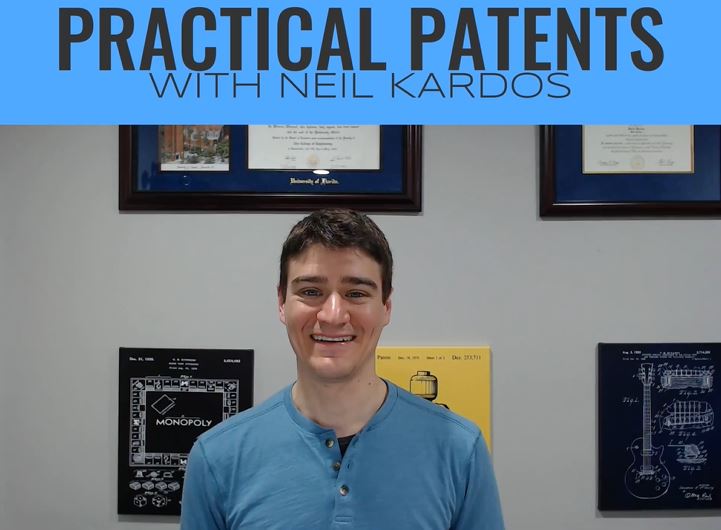Enhancing Patent Drafting: The Essential Role of Claim-Figure Mapping
Welcome back to another edition of the Practical Patents series. This week Neil Kardos brings his seasoned perspective to an often-overlooked yet pivotal aspect of drafting: the strategic alignment of claims with figures in patent applications.
Neil emphasizes the importance of creating a mapping between the figures and claims in a patent application. This step, often overlooked, is crucial in ensuring a coherent and comprehensive patent specification. By mapping each figure to the claims they support, patent drafters can establish a clear connection, laying the groundwork for a well-structured specification.
The beauty of this approach lies in its simplicity and efficacy. When you start working on your figures, Neil advises, make it a point to identify which claims each figure relates to. This mapping acts as a guide, ensuring every claim has a corresponding figure where it can be effectively described. If you find a claim that doesn’t neatly align with any of the figures, it’s a clear sign that you need to either introduce a new figure or revise an existing one.
This proactive strategy offers two significant benefits. Firstly, it eliminates the risk of ending up with unsupported claims in your patent application – a common pitfall that can lead to lengthy revisions or, worse, a weakened patent. Secondly, it serves as a remedy for writer’s block. Knowing exactly what to write for each figure can streamline the drafting process, making it more efficient and less daunting.
Neil warns of the pitfalls of neglecting this step. Without pre-mapping your claims to figures, you might find yourself with a draft specification and unsupported claims. At this juncture, the options are limited and unappealing: either retrofit your figures (and consequently, the specification) to accommodate the orphaned claims or force them into sections where they don’t quite belong. Both scenarios lead to a disjointed and potentially weaker patent application.
In summary, Neil’s advice is straightforward yet powerful: map your claims to your figures before diving into the specification. This method not only saves time but also ensures that each element of your patent application is well-supported and clearly articulated.
Stay tuned for more insightful tips and tricks from Neil in our Practical Patents series! Until next time, happy patenting!
Note: This blog post is based on the opinions and observations of the author and should not be considered legal advice. Consult a qualified patent attorney for specific guidance on patent application drafting.
Want more tips? Check out other Practical Patents videos with Neil Kardos here!

